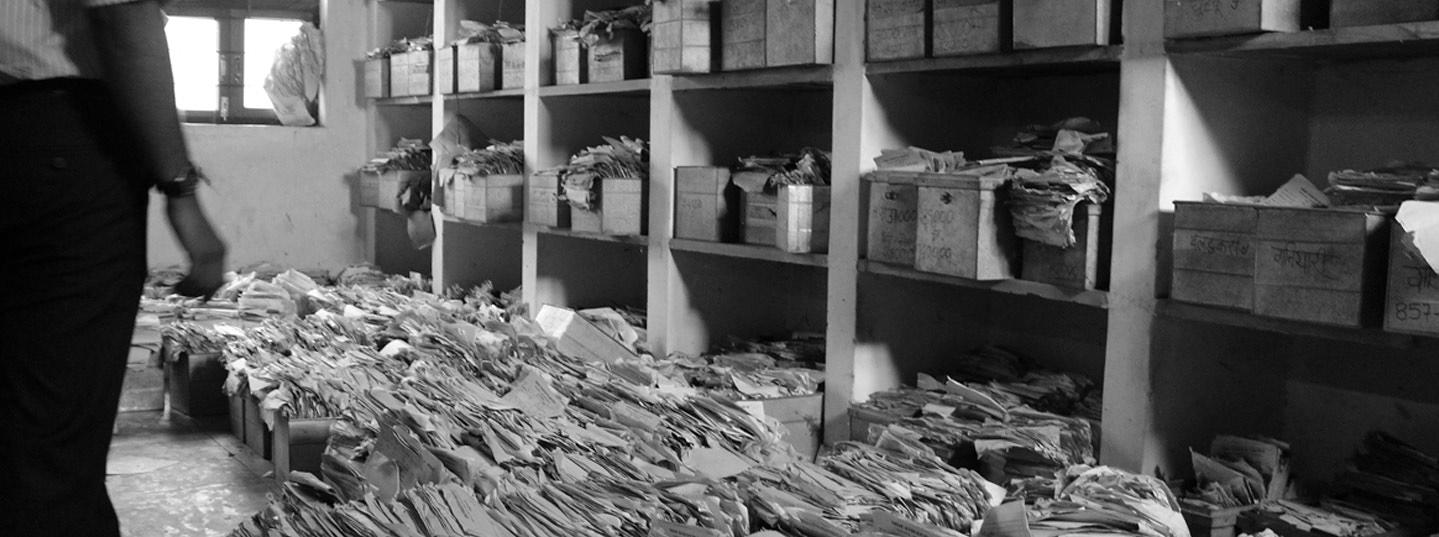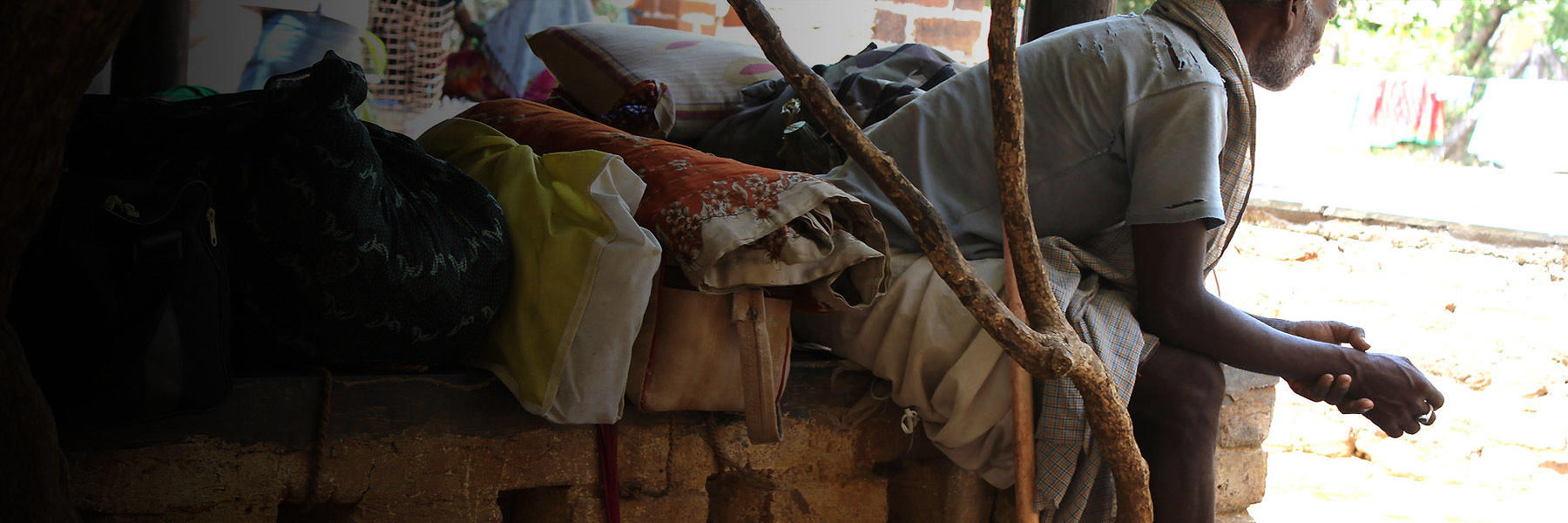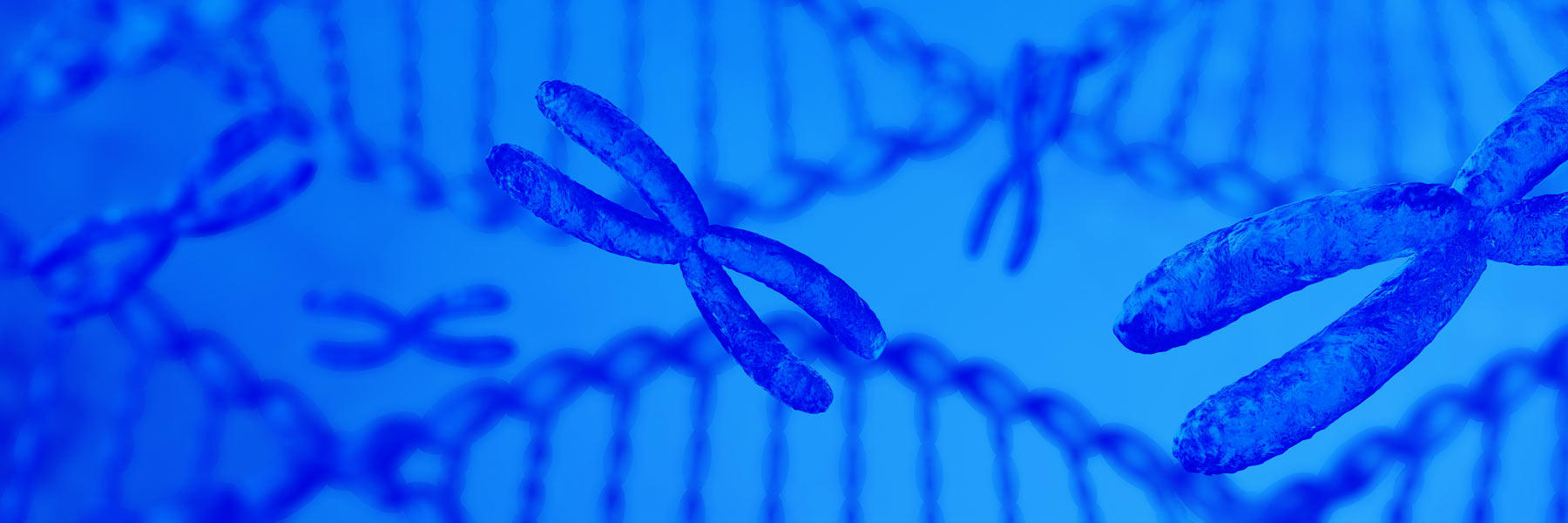Jan Swasthya Sahyog (JSS) is a voluntary, non-profit, registered society of health professionals running a low-cost health program in the rural areas of Bilaspur, Chhattisgarh. For 14+ years, they've been providing health care services through a community health program in a rural health centre, which includes a hospital. They operate village outreach centres in three other villages that are not easily accessible.
The team at JSS researches ways to minimise the cost of health care and influence policy makers. They also advocate for the poor in various areas of public health.
The mission of JSS is to develop a low-cost and effective health program that provides both preventive and curative services in the tribal and rural areas of Bilaspur and surrounding areas of Chhattisgarh in central India. They strongly believe that access to healthcare should not be denied to anyone due to lack of money or due to discrimination on account of caste, sex, religion and social class etc.
The staff at JSS feel the burden of these expectations. They want a Hospital Management and Information System (HMIS) that will make their processes more efficient. Apart from benefits like improved documentation, an Electronic Medical Record (EMR) coupled with an HMIS can help save time - their most constrained resource. Patients themselves will benefit the most, as they’ll get to receive treatment hours or even days sooner.
The problems we deal with here at the JSS are complex because of the extreme deprivation people suffer from. This poses huge technical challenges for us to provide effective care


JSS had tried to put a system like this in place a few times in the past, with little success. They deployed a number of siloed applications in registration, billing, and laboratory, but nothing came close to what they had in mind. As a result, their staff were skeptical about new companies offering solutions and products.
JSS started working with Thoughtworks in December 2012. Since then, an open source hospital system has been developed that aims to meet the needs of hospitals in low-resource environments. Four major software releases have been deployed till date. Registration, billing, laboratory, radiology, and inventory management are already using the new system. The system can be also used in high-resource environments.
There are a number of visible outcomes from the previous releases. Earlier, individual laboratory report generation went on until past 6pm on a daily basis. The seven lab technicians and seven lab assistants now complete their daily workload by 4:30pm, no matter how many patients there are. Their daily patient caseload has increased from 120-150 to 180-200 patients per day.
In the past, the team could only run their electrophoresis machine once a week. JSS is in an area where the incidence of sickle cell anemia is high, and only this machine can run the necessary test. After the laboratory system came online, they are able to run the machine three times a week, thanks to the extra time available to the lab staff.
The time spent searching for existing patients’ files has drastically reduced. The staff can go through their patient's history, pull up past prescriptions, and more, in under five minutes. The same task used to take them up to a few hours, especially when patients had forgotten to bring their JSS registration card.
Working with JSS inspired Thoughtworks to go beyond being just a software solution provider. Apart from traditional solution delivery and training, the team got involved in other areas like:
- Owning and handling the solution completely, with help from the doctors and the clinical coordinator
- Setting up servers, upgrading operating systems, and training the local IT staff
- Working with the staff to help them overcome their fear of using a new system.
In the last major release, a section of the application was introduced to the doctors and nurses for outpatient use. They can now use the application to view patient history and enter chief complaints, diagnoses, and consultation notes for the patient.
Smaller releases are happening on a more regular basis to increase the system’s functionality. By the end of 2014, the major benefits of improved documentation and clinical decision support will be evident.
The Lancet Commission on Global Surgery has a published a teaching case which describes an alternative surgical care model that JSS practices.
Read the full story here.
There are many criticisms of technology, indicating that it can take away the human element of health care. Thoughtworks has shown us how technology can help, and still remain very human


















